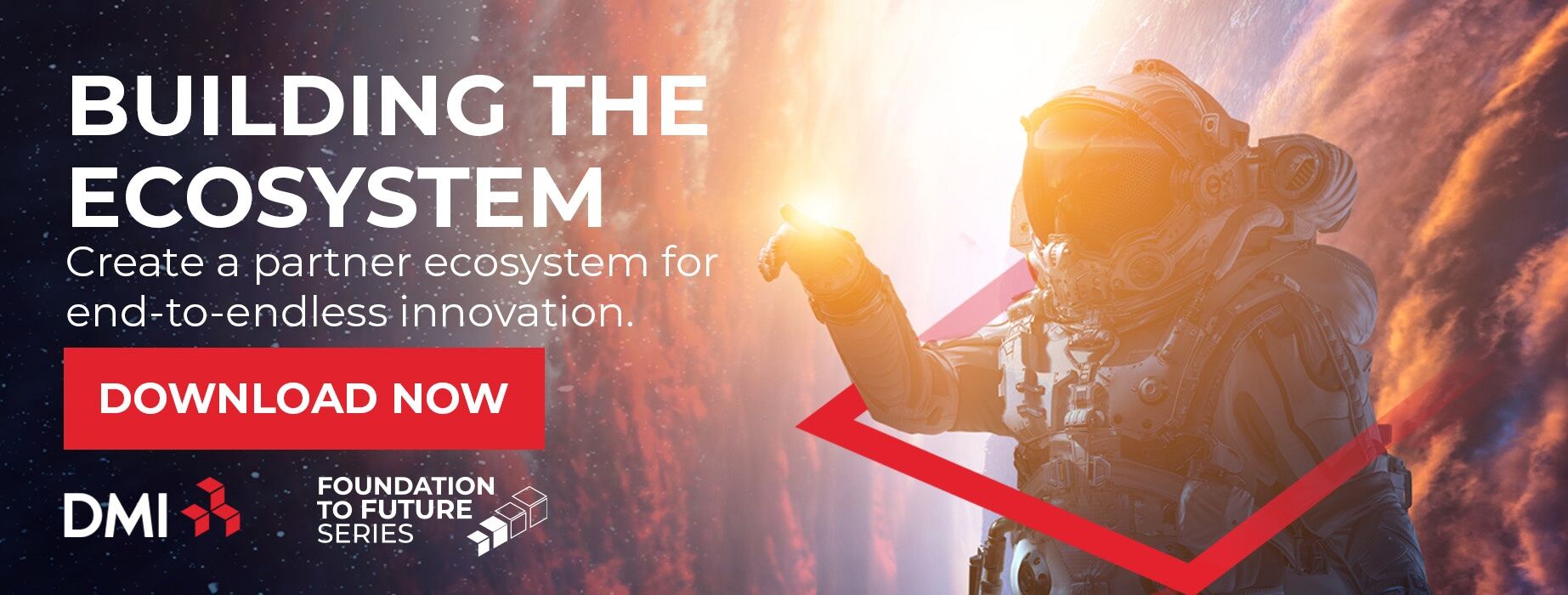The Digitization of Everything
The fourth industrial revolution, the blurring of boundaries between the physical, digital, and biological worlds, stands on the shoulders of the widespread availability of the internet and the Global connectivity that came with it. In the fourth industrial revolution, we also see the emergence of digitization of everything.
The early stages are already apparent. Connected cars with telematics. Connected homes with smart appliances. Connected personal fitness, wearable, and medical-grade devices. All these smart devices collect a seemingly limitless amount of personal data. These are the building blocks of personalized data that will increase exponentially in the next five years. Ecosystems need to be ready for that new era of volumes of data never seen before.
In healthcare and pharma, as well as in many other industries, this explosion of data will coincide with how personal data is stored, and shared. What currently exists in siloed locations that consumers and patients can get access to will become interconnected information owned by the patient and licensed, with permission, to various entities.
Organizations must begin thinking about the part they will play in the digital and data revolution, and how they can create a roadmap to relevance. Traditionally Healthcare, Life Sciences, and pharmaceutical companies tend to be behind in digital usage due to regulatory burdens, internal governance, and appetite for risk. To overcome this traditional culture of risk aversion, they will need a plan that balances the access and protection of data they do not own, with the processing and analysis of more data than they have ever seen.
Individuals Become Gatekeepers of Their Data
A shift in personal sovereignty is coming, where technology like blockchain will create these unquestionable transactional records – whether it’s a financial record, a health record, or a Social Security number. Data is moving to the cloud, and companies like Microsoft, AWS, and Google are creating health clouds where all that information can dwell. Coupled with blockchain, it will change so that the patient owns the data. It’s no longer owned by the care provider or their doctor. It’s actually owned by the patient and they can choose how to share that data with services so that they can receive personalized treatments.

In a traditional healthcare setting, a patient sees a physician who stores their healthcare information in an Electronic Medical Records (EMR) application. That information might be shared with other providers or a hospital, but despite it being the patient’s data, the medical provider is the custodian.
Data that is stored in health clouds will enable a patient to control their own health information, add more to it than is currently recorded, and enable the patient to choose who they share their data with. It can include health information from doctors, but also their pharmacy medication records, and even data collected from personal devices like health trackers and smart scales.
Instead of a doctor controlling a patient’s medical information, patients will grant access to providers. That patient empowerment will also include the ability to share access to researchers, providers, and other healthcare organizations as needed.
Preparing Your Healthcare or Pharma Organization for the Future
Patient-controlled data may upend the existing data dynamic, but organizations have the opportunity now to think more broadly about how they would access a patient’s data when silos aren’t a constraint, and how they would use and protect that information.
Part of an organization’s thinking needs to include how they provide value back to the patient for access to their data. One example is when companies develop applications that help patients self-manage conditions or allow remote monitoring. Another example: tracking glucose levels in people with diabetes or alerting a clinician if a patient’s condition changes. The apps may collect patient data to function effectively. Each app should have a privacy policy that explains how data is used and protected, and in turn, access to this data will enable more personalized and better treatment for that individual if they share their data.
This is a two-sided coin, though. Organizations need to provide a benefit but need to also establish trust. A consumer or patient will be less willing to share, say, their FitBit or scale data if they feel the company will use that information in ways they don’t approve of or if it seems as if it won’t be properly protected. Baking in restrictions — allowed length of time, stated purpose for the data, and even what data is anonymized — will establish a sense of security.
Find Ways to Use Data Well and for Good
While the ethical use of data is a topic of its own, it’s interesting to note that governments are already stepping in to ensure organizations have data policies in place and are following through on those policies. The European Union’s General Data Protection Regulation (GDPR)places the onus of data protection and security on organizations and has already levied steep fines for those that aren’t following the legislation.
A stick might keep providers and companies honest, but there is a carrot, too. Data for good, using the information to better the lives of all patients, is something that is more likely to inspire sharing. Patients may have a natural reluctance towards providing their personal information, but if they understand how the data will be used and protected and that it will, say, help find a cure for cancer faster, it will increase the likelihood they will provide access.
The Digitization of Everything is Opportunity
Organizations need to start thinking today about how they will respond to patients and consumers gaining control of their data — how they will access it, use it, respond to it, request it, and even protect it. This is the leap from digitization to digital transformation, going from accessing a digital asset to the strategy around how it will be used. That requires being willing to embrace the change and create a plan for the future.
DMI can assess your readiness and collaborate with you on a roadmap for the future, so you understand what digital transformation projects are needed today and tomorrow. Contact DMI for a conversation to determine where you are at and what your transformation journey can look like.



